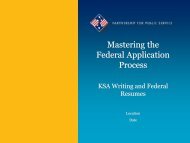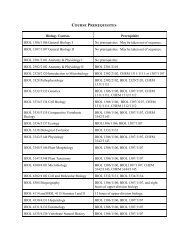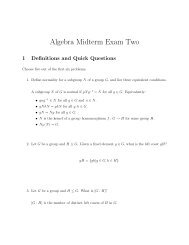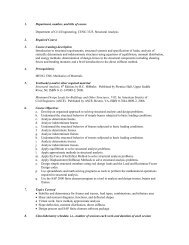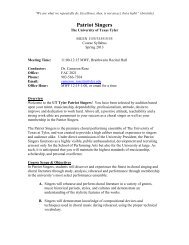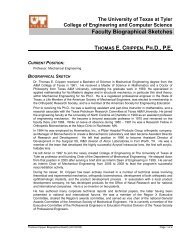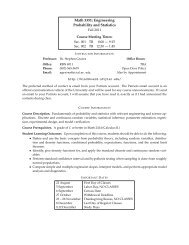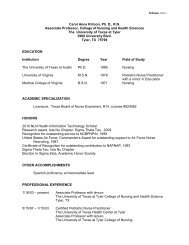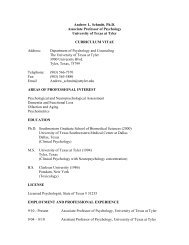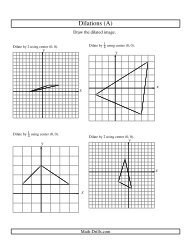Interactions between Representation Theory, Quantum Field Theory ...
Interactions between Representation Theory, Quantum Field Theory ...
Interactions between Representation Theory, Quantum Field Theory ...
- No tags were found...
You also want an ePaper? Increase the reach of your titles
YUMPU automatically turns print PDFs into web optimized ePapers that Google loves.
classifies the computations which nature performs "outside of space-time". It builds<br />
further on results on so-called "phase-groups of observables" in:<br />
[1] with Ross Duncan: "Interacting quantum observables". ICALP'08. arXiv:0906.4725<br />
[2] with Bill Edwards and Rob Spekkens: "The group-theoretic origin of quantum nonlocality".<br />
http://web.comlab.ox.ac.uk/publications/publication3026-abstract.html<br />
Within an abstract category-theoretic setting we in particular reproduce<br />
the result of:<br />
[3] Janet Anders and Dan Browne: "Computational power of correlations" Phys Rev Lett<br />
102, 050502 (2009). arXiv:0805.1002<br />
where it was shown that GHZ-correlations enable to boost parity computations into<br />
universal classical computation. Informal introductions to the abstract categorytheoretic/diagrammatic<br />
framework that constitutes the backbone of our developments are:<br />
[4] "Kindergarten quantum mechanics". arXiv:quant-ph/0510032<br />
[5] "Introducing categories to the practicing physicist". arXiv:0808.1032<br />
Recent extensive tutorial introductions are:<br />
[6] "<strong>Quantum</strong> picturalism". Contemporary Physics '09. arXiv:0908.1787<br />
[7] "Categories for the practicing physicist". arXiv:0905.3010<br />
Free Knots: Parity and Cobordisms<br />
Denis P. Ilyutko, Vassily O. Manturov<br />
Moscow State University<br />
Both classical and virtual knots arise as formal Gauss diagrams modulo some abstract<br />
moves corresponding to Reidemeister moves. If we forget about both over/under<br />
crossings structure and writhe numbers, we get simplification of virtual knots and links:<br />
free knots and free links. Free knots and links are also called homotopy classes of Gauss<br />
words and phrases. Obviously, all the free knots corresponding to classical knots are<br />
unknot. However, many virtual knots survive after this simplification. We construct<br />
invariants of free knots and present their applications to minimality problems of virtual<br />
knots. We also investigate cobordisms of free knots. We define a new strong invariant of<br />
free knots which allows to detect free knots not cobordant to the trivial one.



